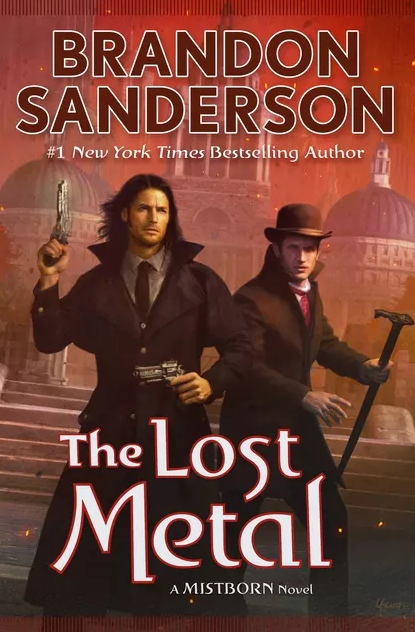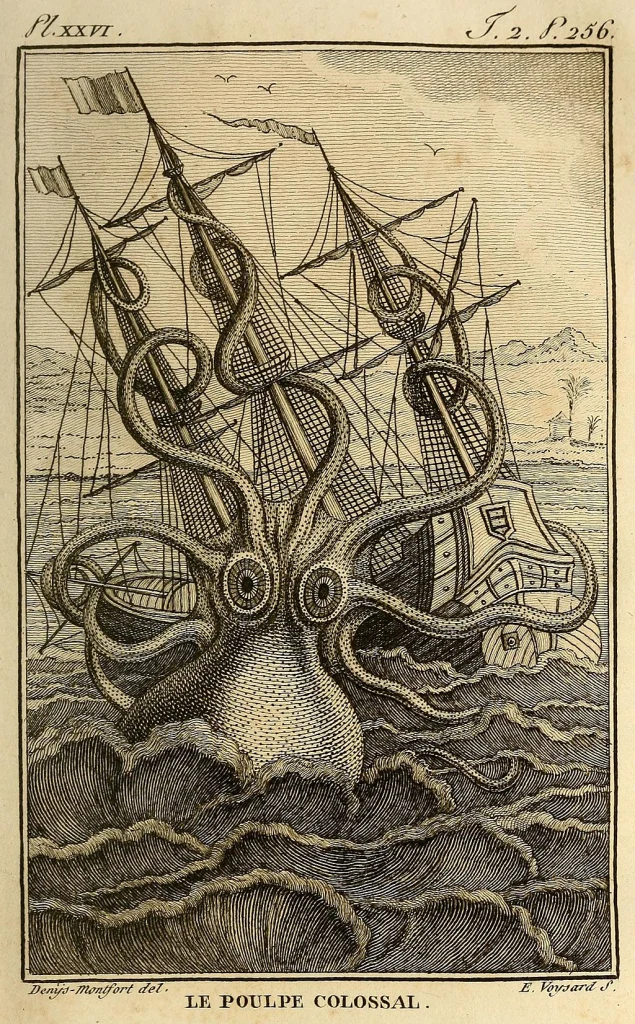Today, May 7th 2024, The Mummy (starring Brendan Fraser and Rachel Weisz) celebrates its 25th birthday!
This is something of a special (*cough* nostalgic) moment for me.
While I can’t remember with any specificity the first time I saw this film, it definitely stayed with me over the years. In previous posts, I’ve dated my fascination with Ancient Egypt to a 6th grade social studies course, but I would have been in 3rd or 4th grade when The Mummy was in theaters.
While the likes of Star Wars: The Phantom Menace and The Matrix loomed large in my nine-year-old conscious, The Mummy appears to have lain quietly buried, taking on more prominence as it was unearthed again and again as I grew older.
Fast forward to now, and I can hardly think of a project or piece of writing that I’ve done which was left untouched by its influence. As Narmer sneaks through the house of Anubis in Narmer and the God-Beast, I can almost imagine an overlay of Rick O’Connell creeping through a tomb.
In my — yeesh, still not published — novel Aegyptosaur (working title), the great assassin (and main character) shares more than a little likeness to Ardeth Bay, medjay and protector of the secret of the mummy’s curse. On this very blog, Master of Secrets reveals some of the rites and procedures of the ancient Egyptian embalming process. Though the canopic jars mentioned were really used in the ancient rituals, you can guess which I had in mind while writing.
Finally, there’s the short story I wrote about a museum guard investigating the disappearance of an ancient artifact called #HashtagTheMummy. Hard to get any more on the nose than that.
But given that the film is back in theaters this week to celebrate the anniversary, I would venture to guess that I’m not the only person to have been affected by this movie. The aforementioned Phantom Menace does not appear to be returning to theaters any time soon (lol).
We can definitely see some of those effects as we look around us.
For instance, scarab beetles of the kind depicted on ancient Egyptian amulets and jewelry — symbolizing the sun god Khepri — are essentially dung beetles which eat mushrooms, decaying leaves, carrion and . . . well dung. Dermestid beetles (“skin” beetles) are more commonly associated with eating flesh, a process which takes days. Even for a large colony of a thousand beetles. According to Bones and Bugs:
“You could have a colony of these beetles crawl over your body and be tickled, but not bitten or injured in any way” – Everything You Want to Know About Flesh-Eating Dermestid Beetles
But who can forget the image of a swarm of these creepy crawlies covering some poor worker who tripped, and in seconds, reducing said worker to a pile of bones. It is not true to life but it is now “canon” in the popular culture and the propagations of this myth will continue wherever proper research is wanting, and an Ancient Egyptian themed bad guy is wanted more (Lara Croft and the Temple of Osiris is an example I discovered just this week!).
Where The Mummy “gets it right” regarding scarabs, is in the “skeletons” they find in Imhotep’s sarcophagus. Mummified scarabs have been found in tombs of pharaohs such as Userkaf from the Fifth Dynasty. I’m using “gets it right” quite loosely here hahah.
Another iconic — at least to me — moment from the film has Rick shooting an ancient mirror with a pistol, which manages to align it perfectly so that it reflects the sun towards other mirrors, and after enough reflections, lights up a massive room filled with the shiniest gold treasure you’ll ever lay eyes upon.
So cool.
However, I’ve yet to find any evidence that ancient Egyptians used mirrors in this fashion (if anyone does have evidence send it my way!), but only sometimes used them in preparing cosmetics as the reflections they made were cloudy or distorted.
Nonetheless, this too has propagated in Ancient Egyptian video game settings, primarily as a kind of puzzle. Two examples which immediately spring to mind are (again) the aforementioned Lara Croft and the Temple of Osiris, and one of my favorite little app games, My little Universe. I’m sure there are many other instances which I have yet to see or document.
Finally, there is of course the trope of the Curse of the Pharaohs itself, upon which the entire film (franchise?) is based. Admittedly, The Mummy (1932) is likely the original film treatment, inspired by an alleged curse which followed the opening of Tutankhamun’s tomb in 1922. But I would argue that this 1999 version is more prominent in the minds of today’s viewers (as of May 2024, I still haven’t seen the 1932 original).
Obviously it was good enough to encourage several direct sequels (The Mummy Returns (2001), and The Mummy: Tomb of the Dragon Emperor (2008)), as well as 5 Scorpion King spin offs. Taking on a more horror-centric tone — perhaps trying to move back towards the original version — it was likely top of mind in 2014’s The Pyramid, and a later 2017 adaptation starring Tom Cruise (who was originally offered Fraser’s part for the 1999 version).
More recently, and over in book world, Isabel Ibanez’s What the River Knows (2023) is being billed as: The Mummy meets Death on the Nile. I should probably go read that immediately . . .
In any case, it would seem that The Mummy still looms large in today’s popular culture, and it’s my genuine hope that it will continue to do so.
Give This One a Watch?
YES!! If the love letter above was not enough incentive, heed these final words: GO WATCH IT NOW!
Assuredly, the movie has some issues when it comes to historical accuracy (some of which I mentioned above), and it generally always leans towards whatever is “cool” often in opposition to whatever is realistic or even makes sense.
But these inconsistencies only add to the fun of what is already a pretty great action-adventure.
That’s all I have for today. Do you remember the first time you watched The Mummy? What is your favorite scene? Favorite line? Leave em in the comments!
Until next time!













